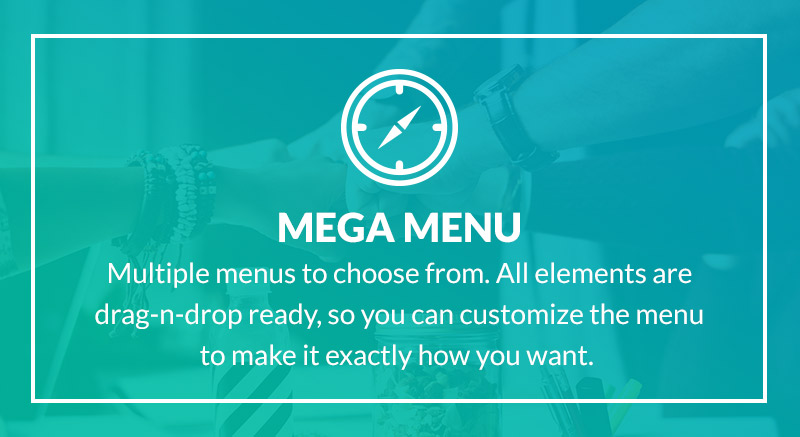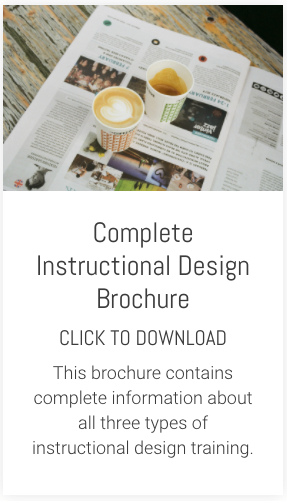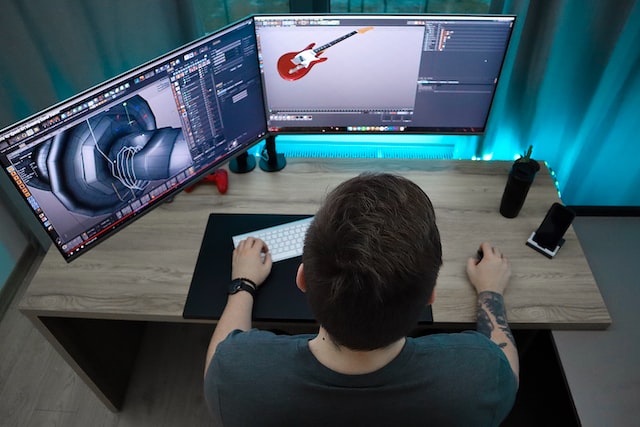A current societal obsession is the need for choice. More choice, we are told, is automatically better. Sometimes true but not necessarily always.
In the case of blended learning this is sometimes distilled into a focus on simply providing a variety of delivery mediums. This focus is often driven by the belief that because some learners learn better through different mediums, the same piece of content or learning must, therefore, be available in all possible mediums.
A noble approach. But one that will keep you duplicating content for ever and a day. And which usually ends up being an unsustainable burden. An unfortunate one, too. Because there's a whole body of research which has established that, broadly speaking, as long as the learning is instructionally sound, the delivery medium makes little difference to the overall learning outcome.
This research was carried out before people were really taking account of any accessibility needs, so that is one factor that could definitely change the overall picture.
But in most cases, the ability to choose from a menu of delivery mediums will probably not make that much difference to the learning outcome.
Better to be thinking about providing a well-thought through programme of learning that gets results. A programme that looks at what needs to be taught and identifies the most pragmatic medium for delivery for a particular part of that programme.
For example, core elements of a given piece of learning might benefit from classroom delivery, but beyond that other delivery channels might be better. For a refresher session, a virtual classroom or webinar-style session might be the perfect delivery medium. For complex skills where only a subset of the total is used each time, short, highly-focused videos available at the point of need might be a suitable option.
Working all this out isn’t necessarily easy, which is why we have developed our Frequency, Complexity and Shelf-Life Matrix to help take some of the guesswork out of these decisions.
The key point. It is learning needs, aligned with the complexity, frequency and longevity of content that should guide the blend of delivery channels you choose.
If you are grappling with instructional design for a particular delivery medium or creating an effective blend, take a look at our in-house and publicly scheduled instructional design training.










